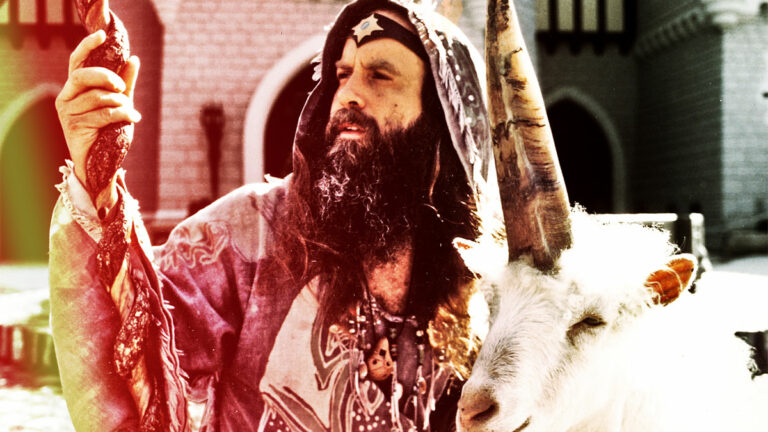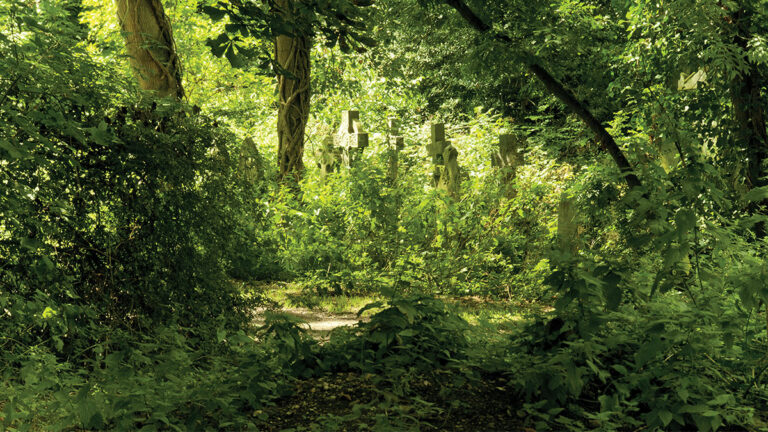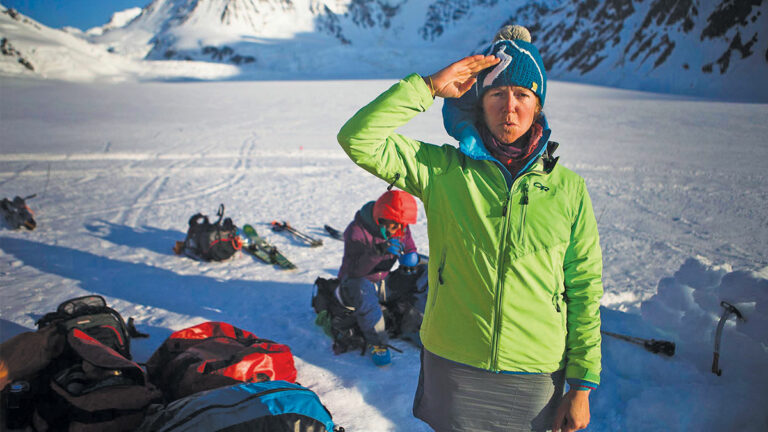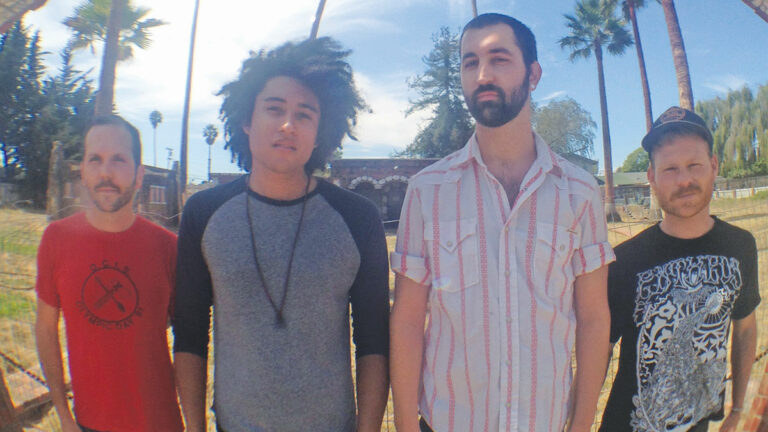Wednesday, Nov. 1 is always All Saint’s Day. And Thursday, Nov. 2, is All Soul’s Day. A time when spirits come for a visit, when the veils between worlds become transparent. All of this in Scorpio, sign of all things mysterious, secret, clandestine, furtive and covert. Scorpio for the disciple is the mystery teachings, the Ageless Wisdom. Scorpio calls the Disciple to the Temple.
Of all 12 signs (except Pisces, the Savior), Scorpio (the Disciple) is the most veiled, concealed, hidden, unknown and buried in misunderstanding. When encountering a Scorpio person, one always senses a subtle aura of mystery and intrigue. Something’s always shifting, reorienting and transforming around Scorpio. Often dressed in indigo blues, deep violet and black, usually with sunglasses (even at night), Scorpio hides away for several reasons—to protect and be protected, to observe without being observed. Scorpio, extremely intelligent, is a strategist. They understand all that is unseen, veiled and buried. If spiritually inclined, they lift everything into the Light. To be with a Scorpio (family, friend, lover, enemy, etc.) is to be aware of death, rebirth, resurrection and regeneration … daily.
Since Scorpios are aware of others on invisible levels, and since experiences of betrayal have trailed them throughout lifetimes, Scorpio conceals from everyone (except trusted intimates) their innermost secrets, lest more betrayal occur. If you’re considered trustworthy, this is the highest compliment Scorpio offers. Tend to the Scorpios in your life with understanding, kindness and care. They’re often weary from constant inner and outer battles, the nine spiritual tests and the concept of death always surrounding them.
ARIES: As so many changes continue to occur, you become sensitized and aware of everyone’s behaviors, beliefs and responses in all interactions. You are also concerned with the right use of money and resources, your capacity to discern and discriminate and your ability to give (and give some more). Closeness is important to you at this time. All that you value shifts to a higher intimate level.
TAURUS: The ways we act and respond in relationships stem from childhood and family experiences and observations. Although you often hide yourself away from the world, you’re dedicated to loved ones. You would never think of leaving them. This dedication allows those close to you to grow, blossom, bloom, transform and evolve. Do you feel loved enough in return?
GEMINI: No matter how compelling it is to return to a previous situation, you will not and cannot remain there. The purpose of the return is to review the lessons, realize the goodness, offer gratitude and forgiveness and then leave again. These liberate your future. The Nine Tests of Scorpio shadow you. You pass them. You cultivate focused spiritual intention.
CANCER: Are you feeling restricted by anyone or anything in your life? Is there a need for a rebalancing with friends or family? Are you concerned with choices, enough rest, future resources? Let’s discuss rest. You need rest in great amounts. A specific creativity is calling to you. Does it have to do with home, herbs, teas and gardens? Are you planting biodynamically?
LEO: Remember when life was lived outside? When we picked fruit, gathered water at the well, and made fires to cook on? Remember long walks at daybreak and sunset as the moon and stars appeared? Remember the sense of community. There was also loneliness and separation and long snowy winters. As adults, we are able to release what’s sorrowful. Through loving forgiveness. Remember?
VIRGO: You seek more freedom—especially financial. This has been on your mind for a while now. One of the most important recieve of receiving money is tithing to those in need. When we give things away we experience freedom. The heart opens. What we give returns ten-fold. What you are really seeking is liberty. Create a freedom journal. Write what makes you free. Draw the Statue of Liberty.
LIBRA: Your future is emerging in great transformative waves—reorganizing your self-identity, how you see yourself, your professional and personal realities and interactions with the world. Listen carefully to all communication. They tell you what must be balanced to create a future filled with freedom. Begin with forgiveness. It heals you first.
SCORPIO: Happy Birthday to all Scorpios. In coming months, there will be new discoveries, a new identity, and new learnings concerning how you see yourself. It begins with you creatively helping one another. Helping others reconciles us to our own humanity. We see the needs of the times through the needs of others. Then we begin to help build the new world—the new sharing society. You are the resource behind this idea, which becomes an ideal within humanity.
SAGITTARIUS: In nonviolent (compassionate) communication classes we learn to compassionately understand the self and others’ needs. Being able to discern needs becomes a creative act, deeply internal, yet profoundly affecting all outer experiences and interactions. Cooperation (a virtue) begins in earnest. If you haven’t already, begin to learn Compassionate Communication techniques. Its effects are extraordinary.
CAPRICORN: Profound changes continue, with self-identity and life direction. Group work is of great importance. In groups people see you as one who comes in to transform them. Some like this, some don’t. However, this is your task in groups. Understanding this helps you maintain focus and confidence. You manifest the group’s spiritual work. Before any work, call in the Soul of yourself and all others. The Soul protects and safeguards you.
AQUARIUS: Your resources depend on your state of mind. It’s most important to downsize so you can move forward quickly when needed. Don’t let this be traumatic. Either keep what you have or give it away so you are less dependent on physical non-essentials and more focused upon freedom, which your future will call for. Balance is in having less. And then you can proceed onto a new adventure.
PISCES: With Neptune in Pisces, here is what it feels like. “Amidst the whirling forces we stood confused, swept up and down the lands, blinded, nowhere to rest.” Finally, we (Pisces) say, “Here I stand and will not move till I know the law governing this very moment. Facing many ways, I will determine for myself which way to go, traveling no longer up and down the land, no longer be blinded. I will only upward move. And then find rest.” (The Old Ancient Commentary for Pisces.)














 Succulents are the perfect plant for anyone—even plant killers with the best of intentions. UC Master Gardeners hosts a free class on growing succulents, just in time for the holidays. Learn the best way to cut and regrow your succulents, trade cuttings, and take home your very own planted pot at the end. The class will fill up, so online preregistration is recommended.
Succulents are the perfect plant for anyone—even plant killers with the best of intentions. UC Master Gardeners hosts a free class on growing succulents, just in time for the holidays. Learn the best way to cut and regrow your succulents, trade cuttings, and take home your very own planted pot at the end. The class will fill up, so online preregistration is recommended.  Museum
Museum Take your pick of local food trucks and snuggle up with your loved ones during this pre-Halloween event for the family. You’re never too old for
Take your pick of local food trucks and snuggle up with your loved ones during this pre-Halloween event for the family. You’re never too old for 
















